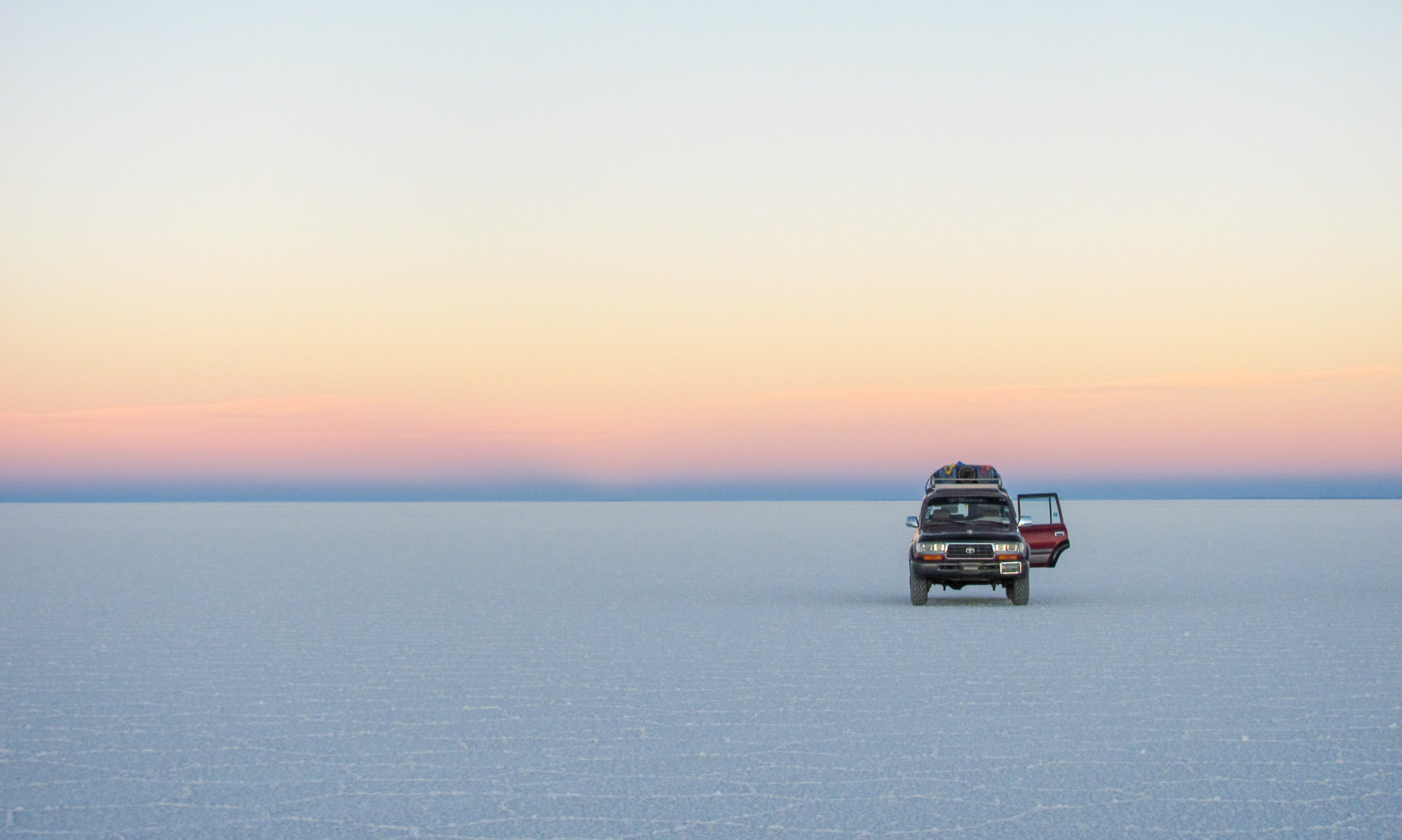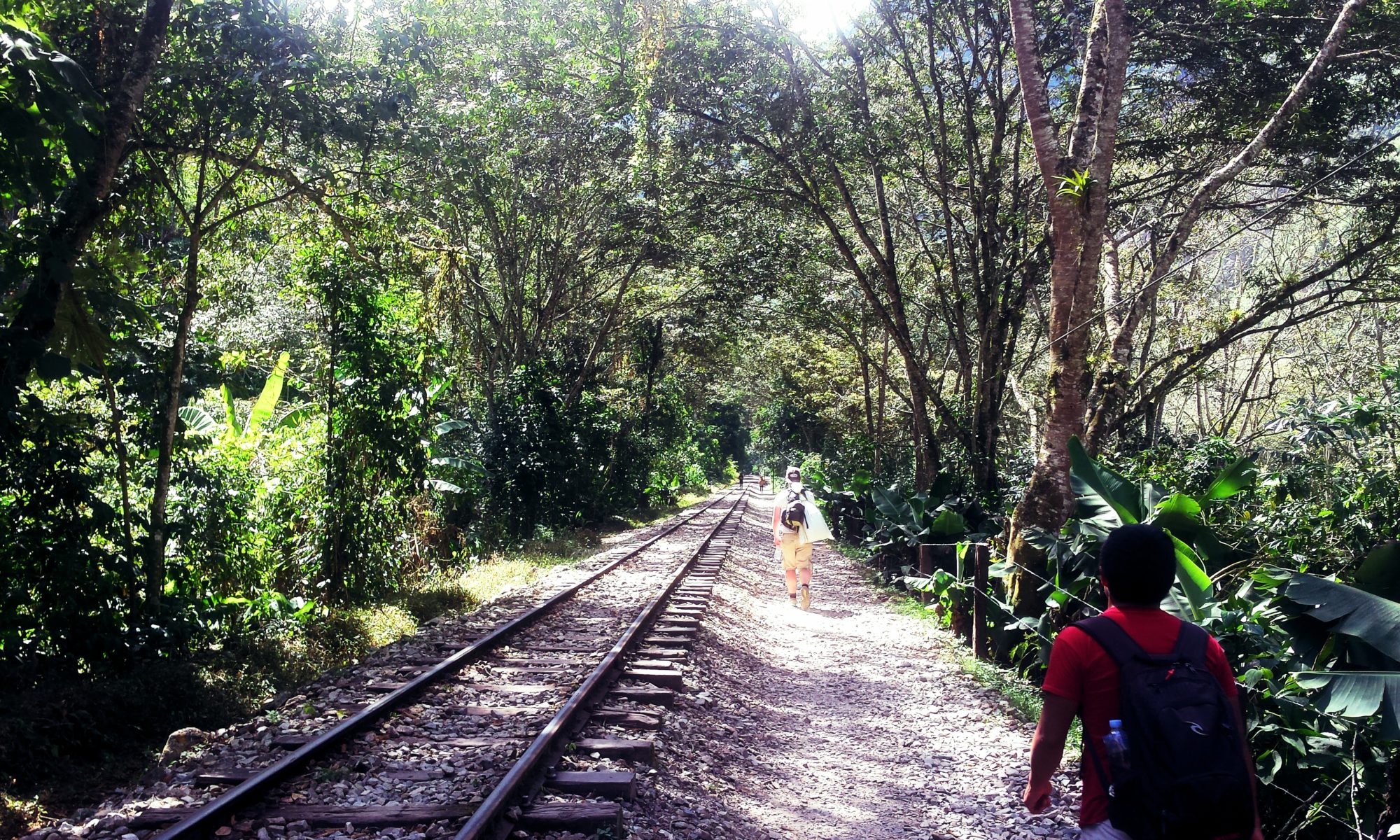Visiting Machu Picchu can be done in all sorts of ways. A day-trip, a multiple-day trek following the old Inca-trail or the tougher but more interesting trek climbing the Salkantay mountain, opt for a high-adrenaline jungle tour including zip-lining, rafting and mountain biking or lazy it out taking the train and bus. This article is meant to give you a better understanding of what these options entail, so if Machu Picchu is on your itinerary, you better read on!
– Preparation –
Altitude
Before settling down on a certain option you must first determine how much time and money you are willing to spend on this part of your trip. Take in mind that doing a trek will actually take you a total of five days. Also take in mind the altitude. The Inca Trail, the Salkantay Trek and the less traveled Lares Trek all pass by heights over 4000M above sea-level. If you do not take at least a couple of days to acclimatize you are prone to get altitude-sickness and most probably will not finish the trek. Check out this article to learn more about avoiding getting altitude sickness in the Andes.
This all adds to the amount of time you actually need to spend here. Acclimatizing can be done anywhere as long as it is situated at least 2500M above sea-level. Fortunately a lot of interesting Peruvian sights qualify in this aspect. Take Cusco, Arequipa or lesser known Ayacucho. There is really no need to ‘sit it out’ if you plan your itinerary to build up altitude along the way.
Budget
Then there is the budget. Visiting the temples as a day-trip is possible, but can be rather costly. The train to and from Aguas Calientes is one of the most overpriced parts of railway in the whole of South-America. If you got the time there is a way to avoid this, however this is gonna take up a bit more time and is certainly not the most comfortable way to travel.
– Getting from Aguas Calientes to Machu Picchu –
Aguas Calientes
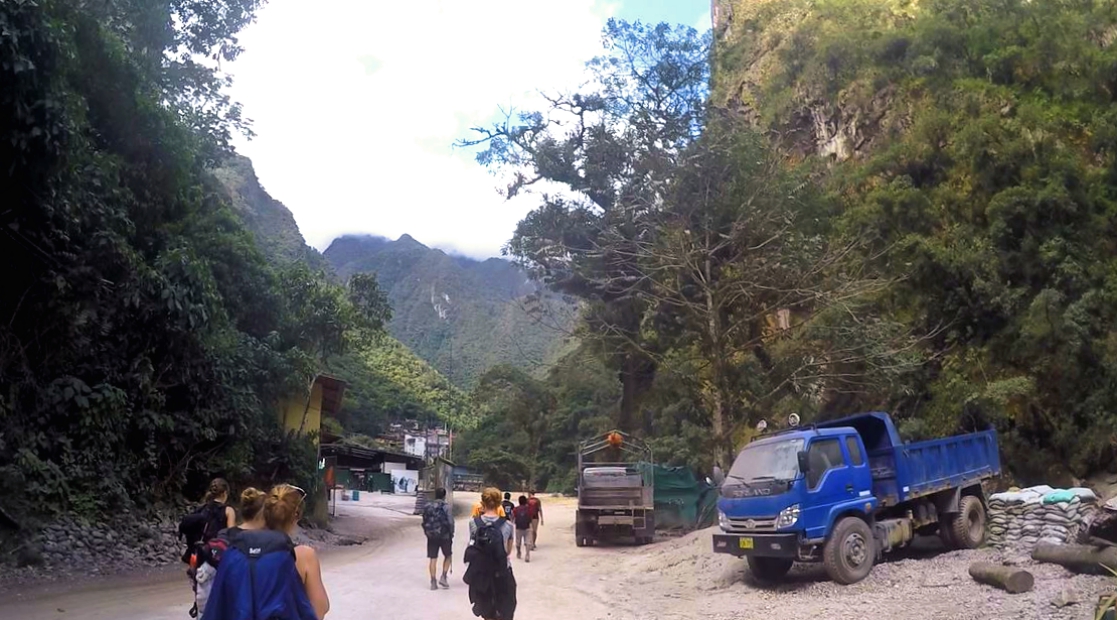
Aguas Calientes, Spanish for hot springs, is a small settlement that functions as base-camp for visiting Machu Picchu. Whichever option you choose, you will at least pass by this little town. There are several ways of getting to and from Aguas Calientes. You can walk/trek into it, take the train or travel by car or minibus. There is also a less well known option which involves a 3-4 hour hike and a 6-7 hour bumby buss-ride but is the cheapest option by far. I will get into all these different options further on in this article, but let me first explain how to visit Machu Picchu from Aguas Calientes.
From Aguas Calientes to Machu Picchu
If you are doing a trek you will arrive sometime in the afternoon in the town of Aguas Calientes, spend the night here and start walking to Machu Picchu before day break, around 4 AM, to arrive at the temples at sunrise. If you arrived by train, the railway station is situated in the middle of Aguas Calientes.
Getting to Machu Picchu is super easy. You walk out of town, following the signs or the other people. Follow the river, keep it on your left, go left on a T-section still following the river and you arrive at the entrance at the foot of the mountain in about 30 minutes.
Here is the ticket checkpoint. Pre-buy your ticket in either Cusco or Aguas Calientes. Most organised treks buy tickets for the whole group. Do not worry too much if your ticket shows a later date. This happens all the time and they will usually let you go through. After you crossed a small iron bridge there are many many stairs. The climb can be quite exhausting and takes around 45 minutes to an hour. This is an hour of pure non-stop climbing flights of stairs.
Taking the bus up
If you do not feel for this, you can take a bus that winds its way up the mountain. It costs 10 USD and departs both from Aguas Calientes as well as from the first ticket check point. But if your in good health, do you really want to pussy out and take the bus?
At the top of the stairs there is a second ticket check and also really clean toilets which is a real relief for people battling food poisoning but that are still stubborn enough to take the stairs anyways. Yep, that was me. From the second ticket-check it is very self-explanatory. Check out this article on Machu Picchu if you want to know more.
– Getting to Aguas Calientes –
The cheapest way

The cheapest way to Aguas Calientes involves hiking and taking the bus or collectivo’s. Go for this option if you want to avoid the overpriced train and do not shy away from uncomfortable bus rides. It is also the best option to use going back to Cusco from Aguas Calientes if you arrive there by trek. Many agency’s will try to sell you the ticket with the trek, but you can just negotiate a deal without the train. Massive cost-saver.
The route explained
You take the bus to Hydroelectrica, a hydroelectric plant in Santa Theresa. This can either be a public bus, collectivo (small public bus) or a mini-bus operated by a tour-company. The latter should not cost you more than 40 soles, the public bus a third of that. Direct buses leave early in the morning and late in the afternoon. If you cannot find one, get a collectivo to Ollantaytambo. Then to Santa Theresa/Hydroelectrica. If you cannot find one from Ollantaytambo to Santa Theresa, take one to Santa Maria. Santa maria is half-way there, and from there you can get a further collectivo or taxi to Santa Theresa for a few soles.
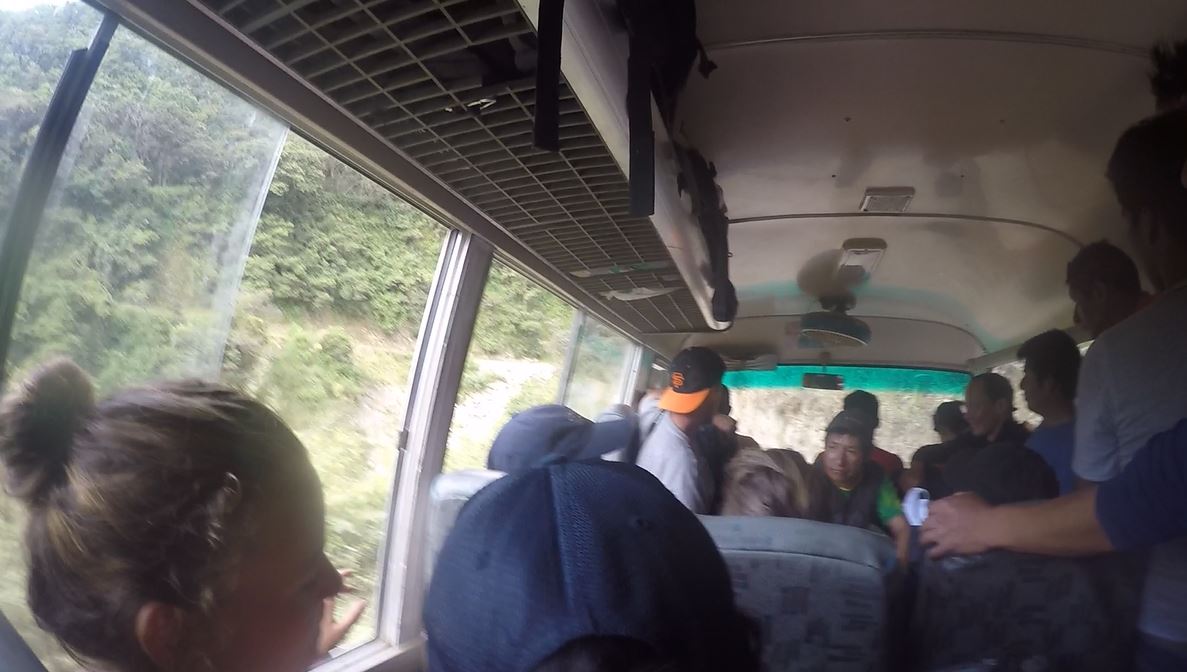
Arriving in Hydroelectrica you will immediately see the train-tracks. From here it is a 3-4 hour hike along the tracks. The occasional train will pass by but moves so slowly that you got plenty of time to get off the tracks. Its a great walk. At the half-way point you cross a bridge. At the bridge look to your right up the mountains and search for temples as this will give you an unique look of the backside of Machu Picchu!
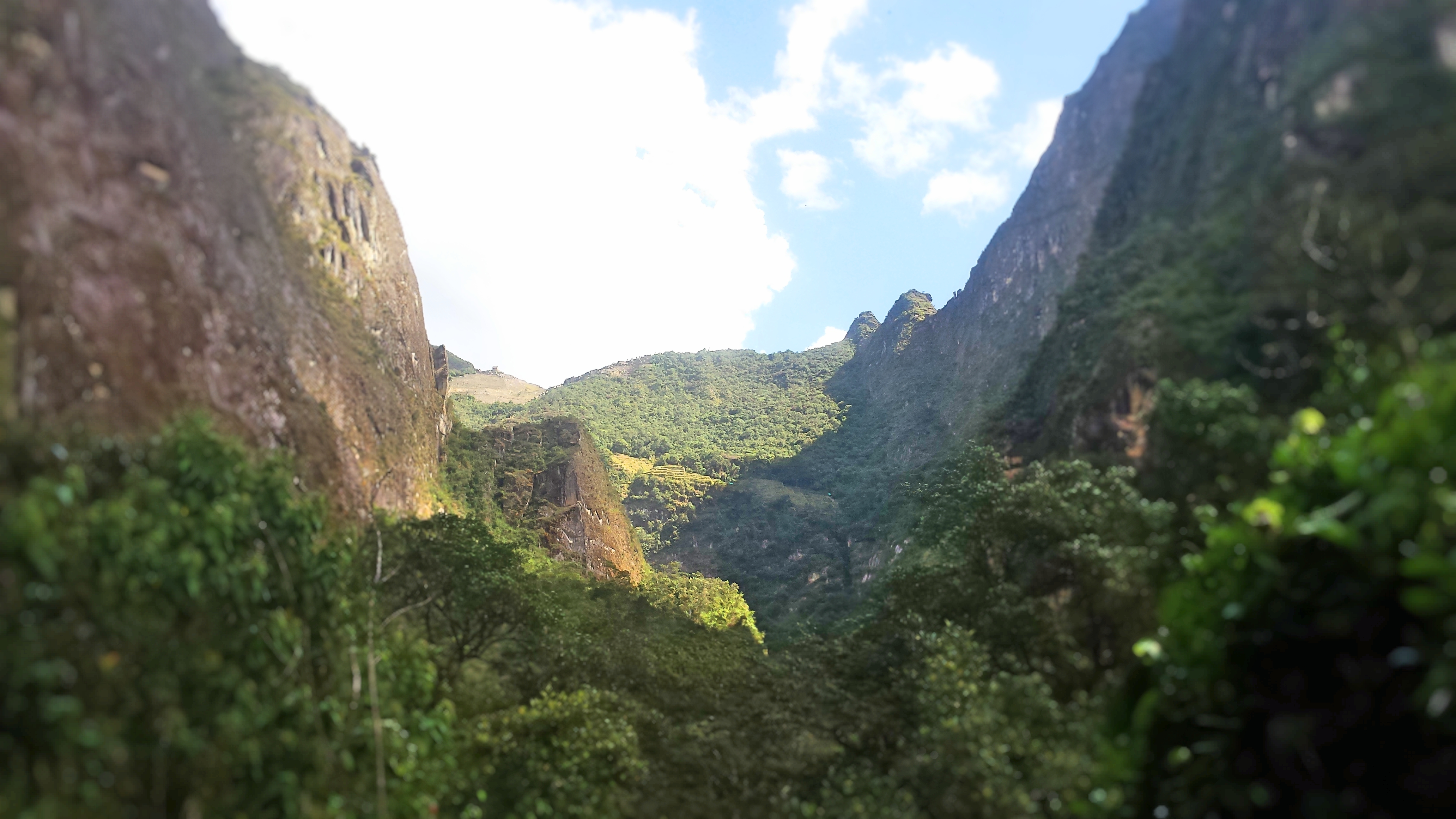
At the end of the tracks you will arrive at a T-section. Go right for Machu Pichu, left for Aguas Calientes. Returning this route is even easier. Just walk back down the tracks until you arrive at Hydroelectrica. Here there will be a bus waiting to take you back to Cusco for about 20 soles, but take in mind that this is gonna be a long and bumpy ride.
Taking the train
This used to be the easiest option as the train would depart from Cuzco and arrive in Aguas Calientes in about 3 hours. However parts of the tracks between Ollantaytambo collapsed and haven’t been restored since. This means the ‘train’ is actually a train from Aguas Calientes to Ollantaytambo, after which you take a bus to Cusco for the last part of the trip. The price of the bus is included in your ticket. In total this will take you up to about 4 – 5 hours. The train-ride is utterly beautiful and relaxing but when you get back from Machu Picchu it will be dark thus you will not see a thing. The cost? I have not seen tickets cheaper than 60USD one-way for a two hour ride, which is insane considering the ridiculously cheap transport in all the rest of Peru.
Taking the bus
This can either be a public bus, see the part on the cheapest way above, or the bus/train combination, which is explained in the previous paragraph.
– The trekking options to Machu Picchu –
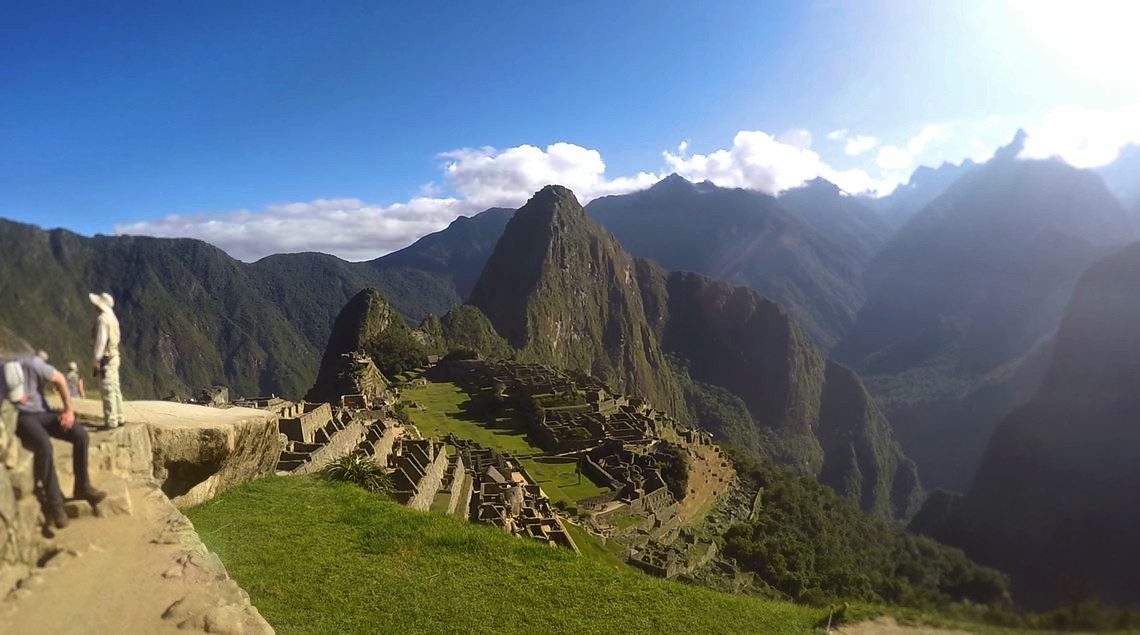
Inca trail
This is one of the most famous treks in the world. You walk the old ‘iron road’ of the Inca’s from their old capital, Cusco, to the holy city of Machu Picchu. Machu Picchu is the place where the Inca’s took refuge in times of danger. It is not the hardest of treks but the many stairs and steps can be hard on the knees.
The positive? You walk on actual old Inca-roads and pass along many Inca ruins along the way. It is a beautiful walk and a perfect combination of culture and nature. The negative? It is expensive and can only be done if you plan many months ahead. To preserve the old roads only 500 people a day are allowed on the trail. This includes porters, cooks and guides. This does not only make booking months ahead essential but it also means you pay a premium to do the trek.
Salkantay trek
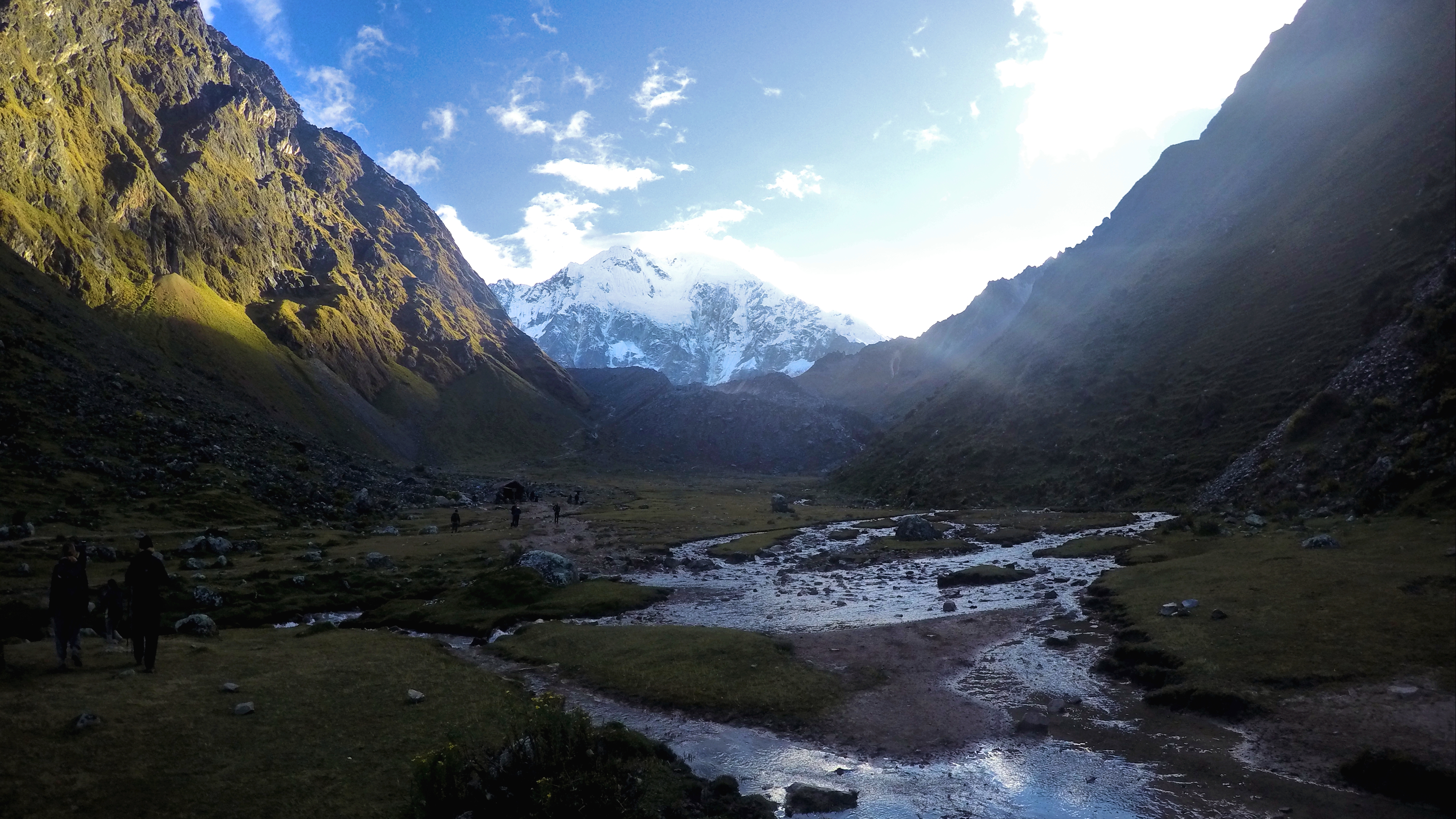
This is my recommended option by far. Check out this article for a more thorough explanation. The Salkantay Trek takes you over snowy mountain-ridges, damp cloud-forest and lush hot jungle in the valleys. It is tough but can be finished by everybody with a normal fitness level without training. The combination of ever changing terrain, incredible views and the reward of Machu Picchu at the end is just insanely good. This trek was one of the best treks I’ve ever done and probably my highlight in Peru.
Do not book this trek from back home. Because it is offered by a least 50 tour-companies in Cusco itself the competition is quite fierce. This leads to low prices.
Do not think that when booking a more expensive tour the porters get a better payday. We booked a tour in Cusco for 635 soles excluding transportation back from Aguas Calientes but including sleeping-gear, entrance to Machu Picchu, all meals, all other transport and accommodation. We got into a group with people that booked an environmentally friendly ‘eco-tour’ from back home and paid four times our price.
Recommended are Lizz Adventures or Ecotours. You end up with the same tour-operator either way. Both work with knowledgeable and responsible English-speaking guides and have an amazing cook. You will come to realise the importance of this after a full-day of trekking rough terrain 4200M above sea-level.
Along the way we have met a couple of people who did the trek without a guide. However the trek is such good value for money I would recommend to do it with a group. The social aspect of doing a tough trek with a small group only adds to the experience.
Lares trek
Lesser known and lesser traveled, but beautiful nonetheless. If you are looking for the road less traveled this is a good one. However the terrain is not a diverse as the Salkantay Trek making is the lesser one in comparison. It is a little more expensive than the Salkantay Trek because less people visiting means less competition for the operators.
Inca Jungle Tour
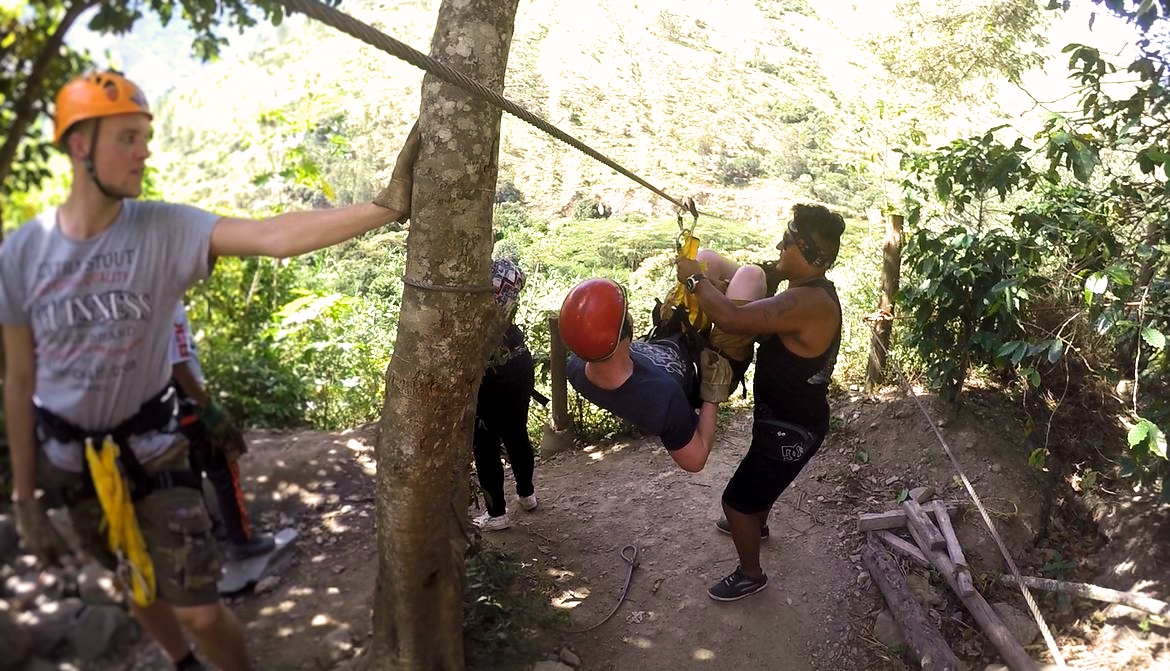
This is also a popular option. It basically combines all kinds of high-adrenaline activities to get to Aguas Calientes in 2-3 days. You will do a part on foot, go rafting, mountain-biking and zip-lining. Even though this is not really a trek it is a great tour nonetheless. Keep in mind that many of these are more or less booze-tours. If you are not looking for a social make-new-friends tour with drinking-games late at night, be very careful with which operator you book.
Visiting Machu Picchu will certainly be worth the while but getting there by doing a trek makes the experience all the better. Avoid the train and get up early to avoid the (main) crowds at the temples. But no matter which option you choose, Machu Picchu will most certainly not disappoint!
Where to sleep in Cusco
We found out that Booking.com will consistently give you the best rates on hotels. To make finding the perfect spot a little easier we made a selection for Cusco. Click the link below to find the best places to stay in Cusco.
– Things to take when traveling to Peru –
There are a few items that I would pop into my bag for a trip to Peru. Firstly, always take many layers of clothing with you. Being in the Andres means that the weather switches rapidly. Be prepared for both sunshine and rain. But more importantly, be prepared for rapid switches in temperature. Thermals and swimming shorts in the same daypack? In Peru its not as weird as it sounds.
Fjallraven trapper hat
Even in the coldest nights on the altiplano you won’t get cold ears while wearing this trapper hat. It’s simply not possible. The big advantage of trapper hats compared to beanies is that they warm up your whole head instead of just the top and they fit tightly around your head, meaning you wont lose it while mountaineering in the Andes. Fjallraven Kanken is a Swedish premium brand that uses sustainable materials. Also their products just look damn good. It’s a little investment, but one that’s worth it.
Thermals
Besides wearing a warm hat or beanie, the best addition to your travel wardrobe is skintight thermal underwear. Super comfy, light, small to pack and it transforms any normal pants into super warm isolated pants. I value thermal underwear over a thermal shirt because to warm up your upper body you can simply stack all the shirts you are carrying on top of each other while stacking multiple pants is harder. Also your legs are not used to this added layer so wearing thermals will work wonders on the ‘feel temperature’. LAPASA thermals are designed for travel and come in at a very good price.
Power bank
The usefulness of a power bank is self-explanatory. Being able to charge your phone, tablet, camera, GoPro or e-reader on the go has made traveling so much easier. I use this particular power bank over a year now and its just perfect. The 20,000mAh provides my IPhone with about 5 charges, the double port means I can charge my camera and phone at the same time (or be a life saver for the person sitting next to me) and the LED torch in the middle is super useful when you try to find something in your bag on the bus in the middle of the night. The display is useful as well and tells you a whole lot more about the current charge compared to ‘3 out of 5 lights left’. Oh and it comes in at HALF THE PRICE of a Anker power bank. I have yet to find its flaws.
Lonely Planet
Because its just the best compact travel guide out there. I always take a lonely planet with me for its practical information, background on certain sights and for when I find myself unexpectedly off the beaten path in search of accommodation for the night. For me this is still the best way to read up on a destinations in long haul bus rides. You don’t need internet or battery-life which even on a luxurious bus in Peru can really come in handy sometimes;)
